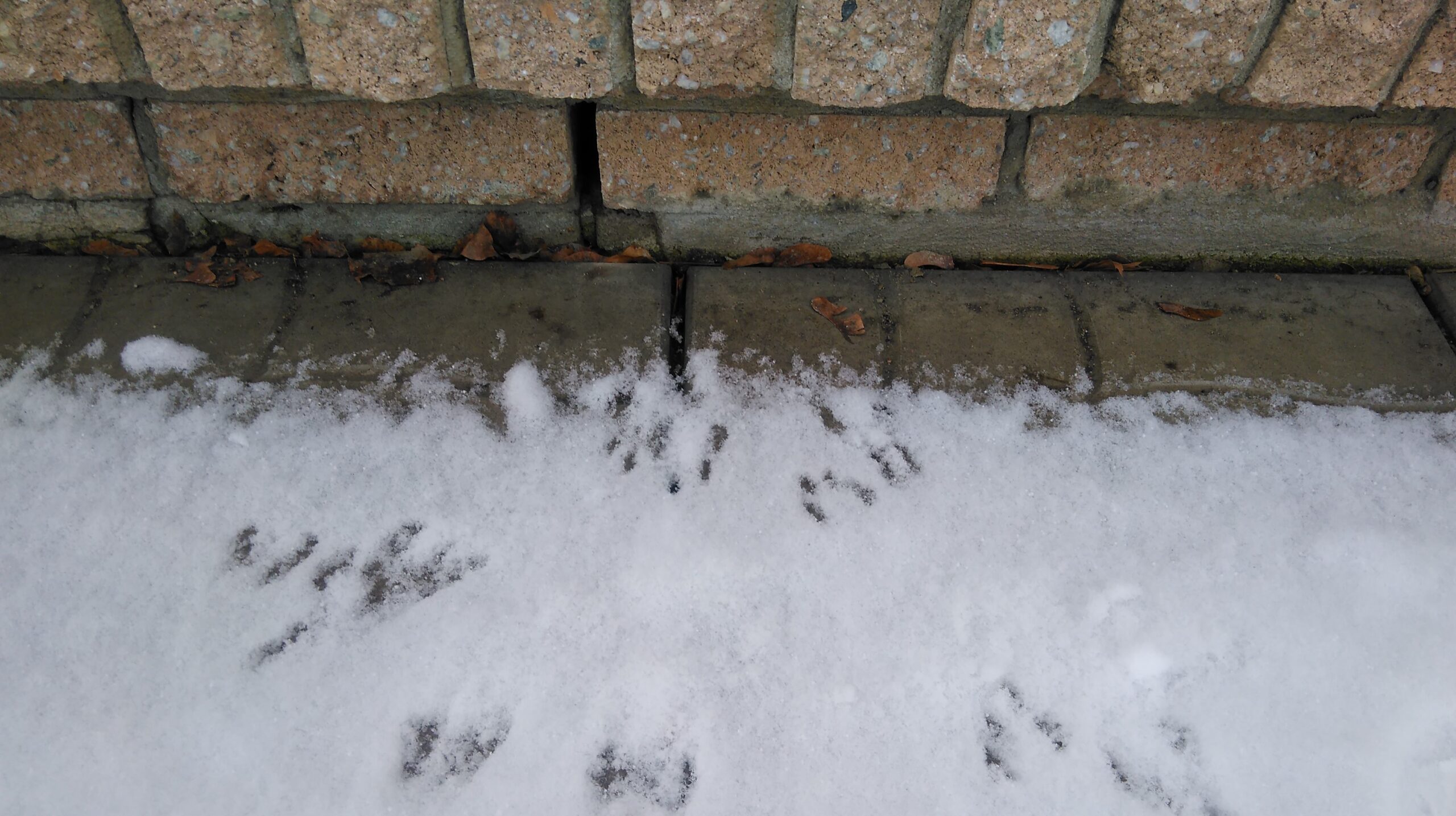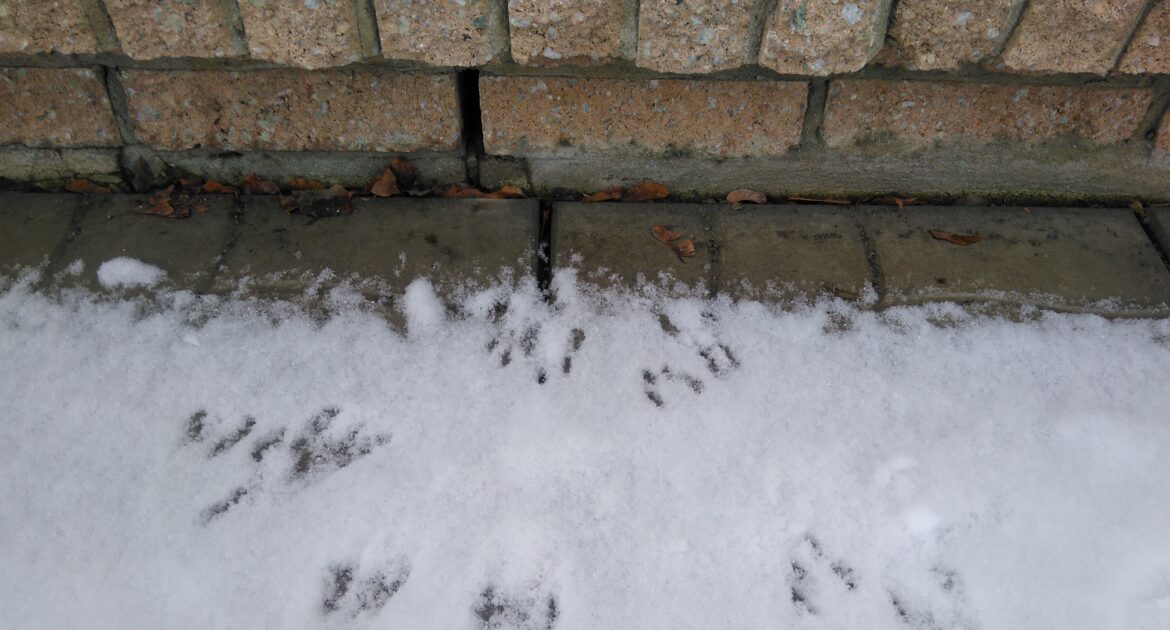You reach for your car keys on a cold morning, start the engine, and hear something that doesn’t sound quite right. Maybe there’s a strange smell coming from the air vents, or you notice tiny black specks on your dashboard.
Could these be mice in car signs? You might be surprised to learn that your vehicle can become an ideal home for mice, especially during colder months.
Mice love warm, safe spaces where they can build nests and find food. Your car offers all of these things. Recognizing mice in car signs early can save you from expensive repairs and health risks. If you do spot these warning signals, don’t try to handle the problem yourself.
Professional services like ours know how to remove mice from your car and require expertise and proper tools. Taking steps to prevent mice in vehicles is also crucial for protecting your investment.
At Skedaddle Humane Wildlife Control in Oakville, we help homeowners deal with unwanted animal guests safely and effectively. Our team knows exactly what to look for and how to solve these problems without causing harm to the animals or your vehicle.
Clear Signs That Mice Have Moved Into Your Car
Spotting mice in car signs can be tricky at first. These small animals are excellent at hiding, but they do leave clues behind. The sooner you notice these warning signals, the faster you can get professional help.
Chewed Wires and Cables
One of the most serious mice in car signs is damaged wiring. Mice love to chew on electrical wires, and this habit can create major problems for your vehicle. Modern cars have complex electrical systems that control everything from your headlights to your engine management.
When mice chew through these wires, your car might not start properly. You could also face expensive repair bills. Some damaged wiring can even create fire hazards. Check under your hood regularly for wires that look frayed, chewed, or completely severed.
Small, Dark Droppings
Mouse droppings are another clear sign of an infestation. These tiny pellets are usually dark brown or black and about the size of a grain of rice. You might find them:
- On your car’s floor mats
- Under the seats
- On the dashboard
- In the glove compartment
- Near air vents
Fresh droppings look shiny and soft, while older ones appear dry and crumbly. If you see any droppings in your car, don’t touch them with your bare hands. Mice can carry diseases that spread through their waste.
Strange Smells
Bad odors are common mice in car signs that many people notice first. These smells can come from several sources:
- Mouse urine, which has a strong ammonia-like smell
- Rotting food that mice have stored in your car
- Dead mice that may have gotten trapped somewhere in the vehicle
- Nesting materials that have started to decay
These odors often become stronger when you turn on the heat or air conditioning. The ventilation system can spread the smell throughout your car’s interior.
Nests Made from Various Materials
Mice are skilled nest builders who use whatever materials they can find. In cars, they often create nests from:
- Shredded paper or fabric
- Insulation material
- Bits of carpet or upholstery
- Hair or fur
- Small twigs or leaves
Common nesting spots include the air filter box, under the hood near the engine, inside air vents, and under seats. These nests might look like small piles of soft, mixed materials tucked into corners or hidden spaces.
Scratching or Scurrying Sounds
You might hear mice moving around in your car, especially at night when these animals are most active. Listen for:
- Light scratching noises coming from the dashboard
- Scurrying sounds from under the hood
- Rustling in the air vents
- Small thumping or bumping sounds
Damage to Food Items
If you keep snacks, napkins, or other items in your car, check them regularly for signs of chewing. Mice will gnaw through plastic bags, cardboard containers, and even some metal packaging to reach food inside.
Why Mice Love Cars
Understanding why mice choose cars as their homes can help you prevent problems before they start. Cars offer several things that mice need to survive and thrive.
- Warmth and shelter top the list. Car engines stay warm long after you park, creating an attractive heat source during cold weather. The engine compartment provides protection from wind, rain, and snow. Many spaces under the hood stay dry even in wet conditions.
- Food sources are surprisingly common in vehicles. Crumbs from snacks, pet food left in the car, and even small insects that get trapped inside can feed a mouse family for weeks. Mice don’t need much food to survive, so even tiny amounts can support them.
- Nesting materials are easy to find in most cars. Fabric from seats, paper from glove compartments, and insulation materials give mice everything they need to build comfortable homes. They’re also attracted to the soft materials used in modern car interiors.
- Safety from predators makes cars especially appealing. Once inside, mice feel protected from cats, birds of prey, and other animals that hunt them. The enclosed spaces give them multiple hiding spots and escape routes.
How Our Professionals Handle Car Mouse Problems
When you notice mice in your car, it’s best to call professionals like our team at Skedaddle Humane Wildlife Control. We use safe, humane methods to remove mice without causing harm. One of our key tools is the one-way door system, which lets mice leave your car but stops them from coming back. This approach is safer than using poisons or traps, keeping your family and pets protected while solving the problem effectively.
Our team also inspects your car thoroughly to find all signs of mouse activity, including entry points and nests. After removing the mice, we clean and sanitize the affected areas to eliminate droppings and nesting materials, which can carry harmful bacteria. With our expertise, we ensure your car is mouse-free and safe for you to use again.
Smart Ways to Prevent Mice in Vehicles
Taking steps to prevent mice in vehicles is much easier and cheaper than dealing with an infestation. Small changes in how you care for and store your car can make a big difference.
Keep Your Car Clean
Regular cleaning removes the food sources that attract mice in the first place. Simple steps include:
- Vacuum your car’s interior weekly
- Remove all food items when you park
- Clean up spills immediately
- Don’t store pet food or birdseed in your vehicle
- Check and clean under seats regularly
Choose Parking Spots Carefully
Where you park affects your risk of mouse problems. Try to park in areas that are:
- Well-lit and away from tall grass or brush
- Clean and free from debris
- Protected from the elements when possible
- Away from known mouse habitats like barns or woodpiles
Check Your Car Regularly
Regular inspections help you spot problems early when they’re easier to fix. Look under the hood every few weeks, especially during fall and winter months. Check for any signs of animal activity and address problems quickly.
Use Your Car Regularly
Mice prefer quiet, undisturbed spaces for their homes. Cars that are driven daily are less attractive to mice than vehicles that sit unused for long periods. If you must store a car for weeks or months, take extra precautions to seal it properly.
Consider Professional Prevention Services
Our team at Skedaddle can inspect your vehicle and recommend specific prevention strategies based on your situation. We might suggest certain products or modifications that make your car less appealing to mice.
Don’t Let Mice Take Over Your Vehicle
Recognizing mice in car signs early can save you from major headaches and expensive repairs. These small animals can cause big problems, from damaged wiring to health risks from their droppings. The key is knowing what to look for and acting quickly when you spot warning signs.
Remember that learning how to remove mice from your car safely requires professional expertise. DIY approaches often make problems worse or create new hazards. Our team has the experience and tools to solve mouse problems effectively and humanely.
Taking steps to prevent mice in vehicles is your best defense against these unwanted passengers. Simple habits like keeping your car clean and parking thoughtfully can make your vehicle much less attractive to mice.
If you’ve noticed any signs that mice might be living in your car, don’t wait for the problem to get worse. Contact Skedaddle Humane Wildlife Control in Oakville today to request an estimate. We’ll inspect your vehicle, explain your options, and help you get back to worry-free driving. Your car should be a safe, clean space for you and your family – let us help keep it that way.




